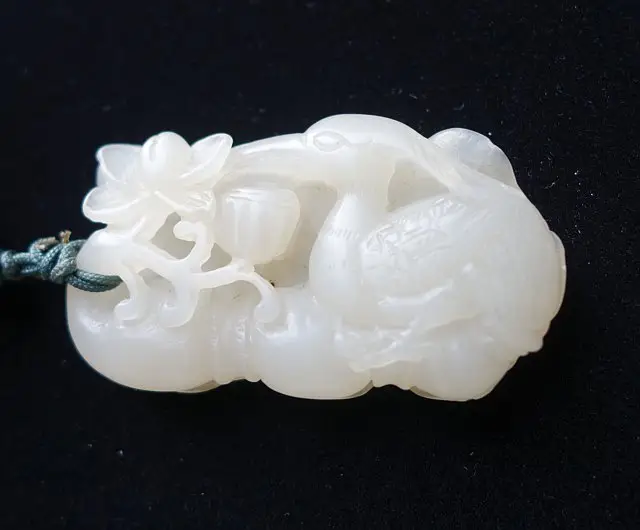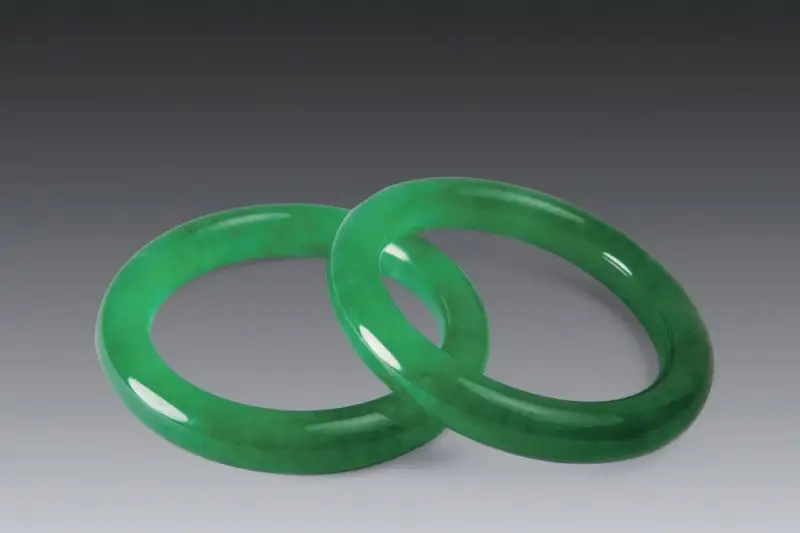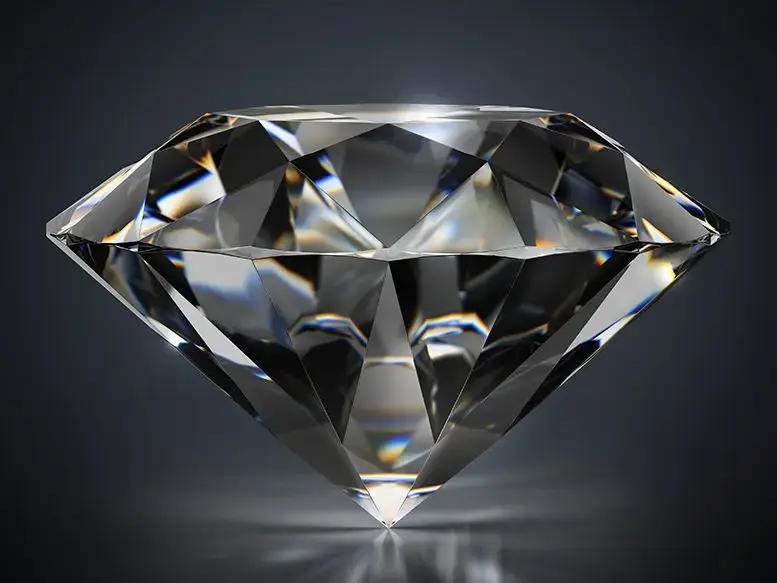Table of Contents
Introduction
In mineralogy, jade is categorized into nephrite and jadeite.
Jade has historically been seen in the West as a medicinal stone believed to treat kidney ailments. In ancient China, however, jade was first used in sacrificial rituals, later becoming a symbol of rank and status cherished by nobles and scholars alike.
In folklore, jade is believed to ward off evil, prevent misfortune, and bring good luck. The Eastern Han scholar Xu Shen even ascribed five virtues to jade: Benevolence, Righteousness, Wisdom, Courage, Purity, showing that jade represents more than a gemstone but a core part of Chinese culture.
Nephrite
- Chemical composition: Hydrated calcium magnesium silicate [Ca2Mg5Si8O22(OH)2], with iron affecting color.
- Crystal system: monoclinic crystal system
- Mineral types: Tremolite, actinolite
- Structure: Intertwined crystalline structure
- Color: white, yellow, green, black, maroon, gray purple
- Hardness: 6-6.5
- Specific gravity: 2.90-3.06.
- Refractive index: 1.61
- Origin: Taiwan, China, New Zealand, Canada, etc.
Commercial Value of Nephrite
Nephrite consists of fine to microcrystalline aggregates of tremolite and actinolite. Ordinary jade has coarser grains (30–300 microns), waxy jade has finer grains (a few microns), and “mutton-fat jade” has the finest (down to 0.07 microns).
While the jadeite market focuses on texture, color, transparency, and base color, the nephrite market values oiliness (greasiness), color, and absence of inclusions or fractures.
Hetian “Mutton-fat white jade” is the pinnacle of nephrite, celebrated for its high oiliness (dense), high whiteness (color like suet, texture like condensed fat), and absence of cracks, fibers, or inclusions.
In the Chinese market, mutton-fat jade is highly prized, with auction prices reported as high as 30,000 RMB per gram as of 2014.
Taiwan’s nephrite, notably “cat’s eye jade,” is popular outside Chinese-speaking regions for its affordable price compared to green jadeite. High-quality green nephrite is valued at about one-tenth or even one-hundredth of premium jadeite prices. White nephrite is generally more popular among Chinese buyers.
According to the Chinese National Gem and Jewelry Standards, nephrite colors are classified into white jade, greenish-white jade, green jade, yellow jade, jasper, black jade, and sugar jade. However, many commercially-used names are not listed in the national standards.
Color is a crucial criterion for collecting and evaluating nephrite. Unlike jadeite, which is valued for its translucency, nephrite quality is assessed based on its “greasiness” and “density”. High-density nephrite with a fine, compact texture is described as having high “density,” while slightly translucent with an oily luster indicates good “greasiness.”
- White jade and yellow jade are among the highest quality and most valuable nephrite varieties.
- Jasper, although a newer entrant, commands prices comparable to white jade.
- Sugar jade, the only nephrite variety with red hues, is also popular among collectors.
- Black jade, with its inky, landscape-like quality, is favored by scholars for its elegance.
- While green jade is generally lower in price, it is commonly used to showcase intricate jade carving due to its suitability for creating thin-walled vessels.



